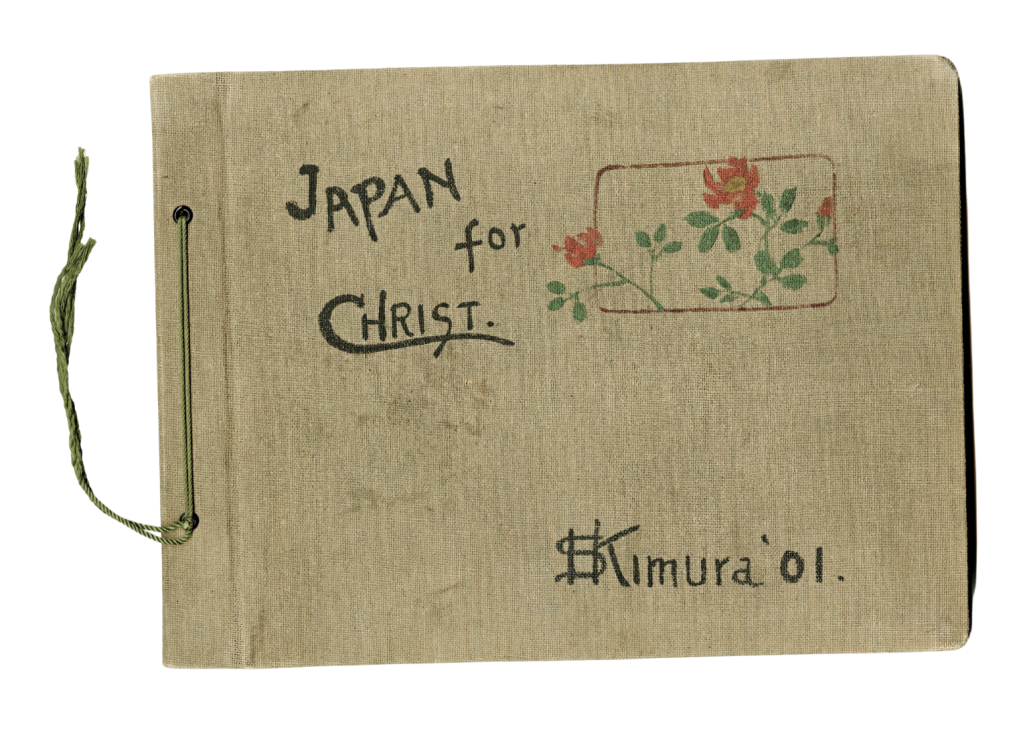In the Archives’ collections, personal signatures are everywhere, littering correspondence, membership rosters, covenants, and random scraps of paper. These signatures come in all shapes and sizes, some deliberate and others barely more than doodles—breezy nicknames closing a letter, hasty initials scrawled on a memo, or elaborate signatures finalizing deeds and contracts, or legitimizing passports. Occasionally, signatures are accompanied by additional information, like a favorite biblical text, personal motto, illustrations, or decorative flourishes. Depending on the size and style of handwriting, signatures can give researchers insight into a subject’s personality, level of education, and even nationality.
This April, the Wheaton College Billy Graham Center Archives features the autograph album of Edna Asher Case (1905-1999), a Chicago native and 1929 graduate of Wheaton College. In the 1920s, autograph albums were a popular way to document and remember the places and people you encountered and to exchange personal messages. Case’s autograph album—a slim 4×6 leather bound book with brightly-colored pages—offers readers today a glimpse into the bustling world of 1920s American evangelistic fervor, captured in the sprawling signatures and well wishes of celebrity revivalists, musicians, and urban social work crusaders who spread the gospel through revival meetings and rescue missions in the city that came to epitomize the Jazz Age.
Born in 1905 to parents deeply involved in evangelism work in Chicago and St. Louis, Edna’s childhood coincided with the pinnacle of Billy Sunday’s revival ministry. Sunday’s traveling evangelistic team included Edna’s aunt, the vocalist and speaker, Virginia Healey Asher. Through her aunt’s connections, Edna was introduced to many of the leading evangelists and revival preachers of the early twentieth century whose signatures and personal messages fill her autograph book. The album contains dated entries spanning 1922-1929, and ranges from Chicago to Winona Lake, Indiana.
Continue reading →



